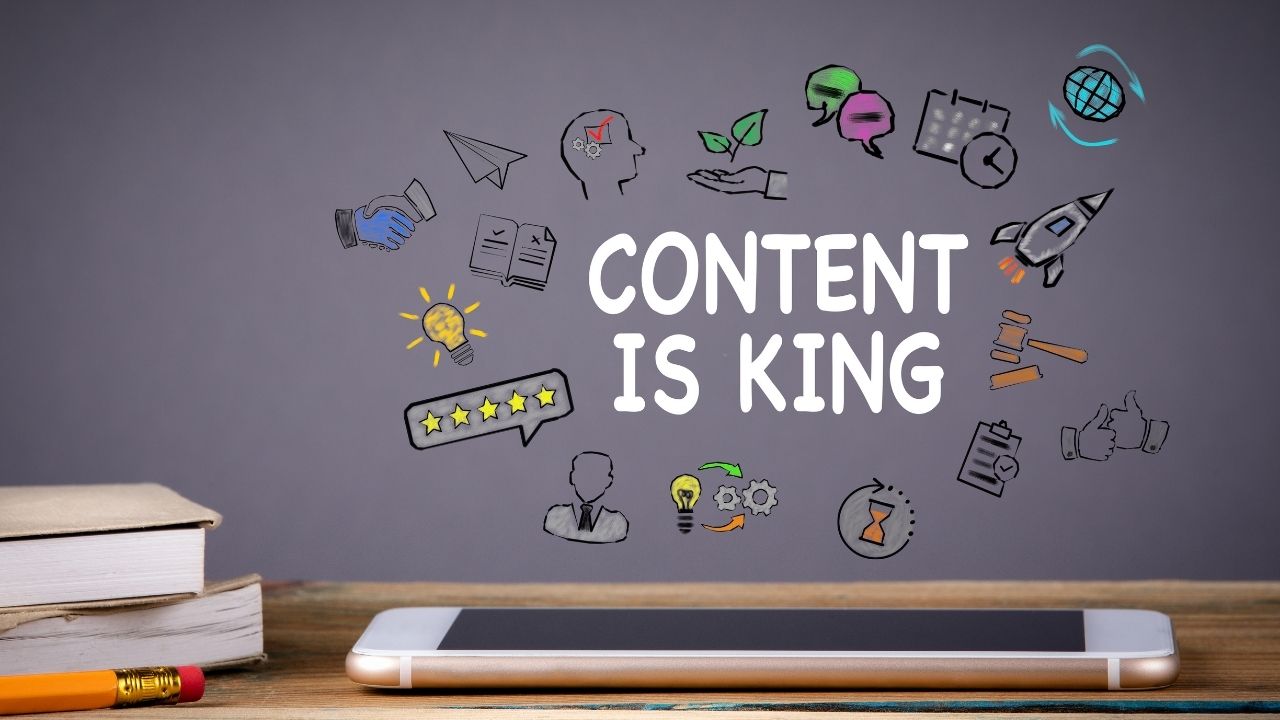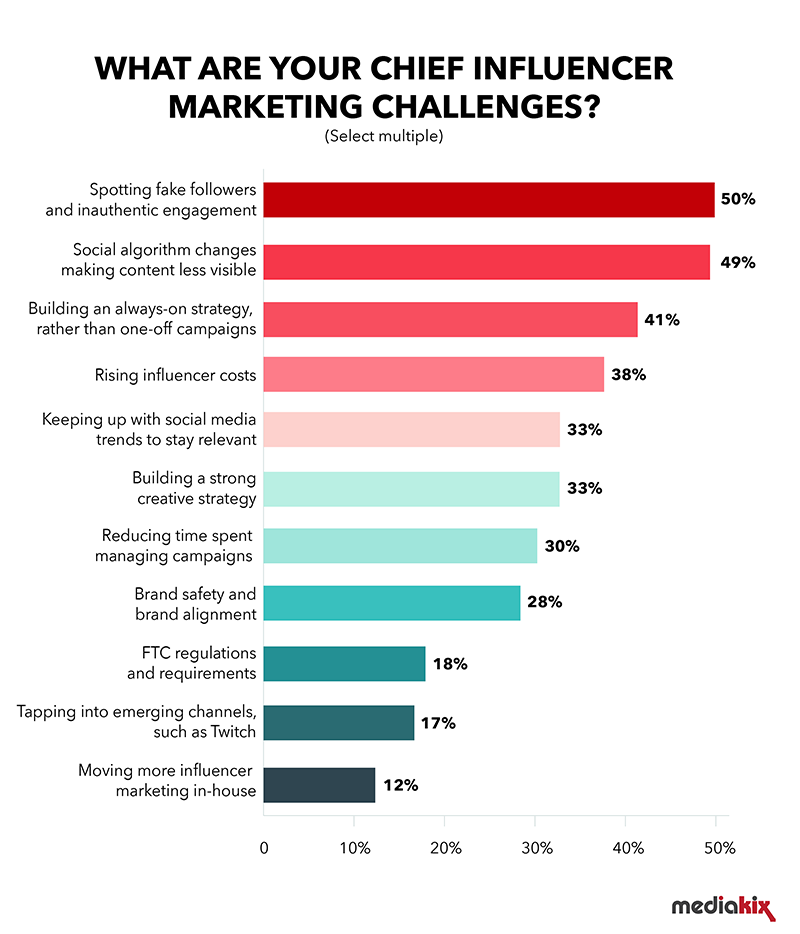
If your business does not have a social media presence, start where your customers are - on the social networks. Knowing where your audience spends their time will help you target them more effectively. To help you implement your strategy, you should create a mission statement and a content calendar. In order to measure the effectiveness of your efforts, calculate your ROI. Here are some helpful tips to get you started. Once you have created a mission for each social media channel you can begin to generate content and measure your return on investment.
Create a mission statement to each social media channel
For each social media channel, you need a mission statement. This will guide you as to what content you post and how you want your followers to interact with you on social media. You don’t want to be everything to everybody. Write down why you want your audience to engage with you, then create a mission statement to each social media channel.
A mission statement will help determine the tone you want to set for each communication channel. It can be broken down into sub-goals to make it more specific, such as 10 long-term clients acquired in six months. This will help determine how you want each customer to contribute to your business. A mission statement can also help you create content.
Content strategy creation
If you want your social media content to be shared widely, it is critical that you create a content strategy. There are 3.96 billion people using social media. They also have a constant stream of new content. Users are interested in the constant flow of new content, so it is important to develop a strategy for creating engaging content that appeals to large audiences. Here are some tips and tricks for creating a content strategy to use social media.

Identify your business goals. Research is the key to your social media strategy. Research is key to determining which content generates the most engagement and boosts your brand's image. When you understand your audience, you can create relevant content according to their preferences. It is vital to post regularly and evaluate the effectiveness of your strategies. If your strategy is not based on your business objectives it will ultimately fail.
How to make a content-rich calendar
You must first have a clear strategy in place before you can create your content calendar for social media. Your content calendar will be successful if you set goals and track your progress towards them. To understand how your social media strategy is performing, as well as to determine if it could be improved, conduct a social media audit. Identify your audience and goals for each channel. Then, develop a content calendar that will support your goals.
A content calendar is a way to plan your posts and keep track of when you post them. A content planner can be helpful for those who have an Instagram account that's food-oriented. This will help you plan ahead for National Pancake Day. If you plan ahead, you won't be caught short by not knowing when your post will go live. This will allow you to gauge your audience's reaction to each post.
Measuring ROI
Social media ROI is calculated using the return on investments and the cost of the campaign. This is useful for segmenting campaigns by social network to identify which platforms are most effective for your company. It also allows you to fine-tune your campaign, if needed, to achieve the best ROI. Reporting on each channel will show you the ROI for various social networks. Here are some tips for measuring the ROI of social media marketing.

You can measure engagement by counting the number of likes and shares, comments, followers, and comments. Leads are not necessarily customers who want to purchase your product. This could include subscriptions and e-books. Conversions are the most important KPI on social media channels. This ROI is crucial. The more leads, the better. You can use Facebook and Twitter to get an idea of your marketing ROI through these channels.
FAQ
What are the benefits from content marketing
By creating high-quality content, content marketing can help drive sales leads and sales. Content marketing is a constant stream of quality content that can help promote products and/or services. Content marketing helps increase brand awareness, trust and engagement among potential customers. Your company's image is enhanced by content marketing.
What are the 7 Steps of Content Marketing?
The seven-step process for content marketing includes:
-
Identify the problem
-
Learn more about what's happening now
-
Find new ideas
-
Use them to create strategies
-
They are worth a try
-
Measuring the results
-
You can continue this process until you find something that works.
This approach has been proven to work well for businesses large and small.
Are there any restrictions on linking to content from other websites?
Yes! It's called link building. Linking back from other websites is a great way for your site to get more traffic. Make sure you only include links from reputable sources.
Why is content so important
Content plays a key role in any digital marketing campaign. If you want to attract new customers, then you need to create valuable content for them. Blogs are the best way of doing this. Blogging allows you to build authority within your niche. This makes you more trustworthy. Trustworthiness builds credibility and leads to higher search engine rankings. When you rank high in search engines, organic searches bring you traffic.
Statistics
- Measure your goals with a progress indicator of 0-100%. Make your goals collaborative and transparent (semrush.com)
- According to the Content Marketing Institute, 70% of B2B marketers and 86% of B2C marketers surveyed use content marketing in some form or other. (criteo.com)
- Companies that use content marketing see approximately 30% higher growth rates than businesses not using it. (mailchimp.com)
- Progress indicators (0–100%) allow each team member to see how attainable each goal is and understand what remains to be accomplished. (semrush.com)
- This marketing strategy landed Ford a 15.4% conversion rate. (neilpatel.com)
- According to research compiled by Coschedule: Companies that publish 16+ blog posts a month get as much as 3.5x as much traffic as those that publish 0-4 posts a month. (criteo.com)
- Out of the 1,500 marketers we surveyed for our State of Content Marketing report, 78% who felt their content marketing strategy was exceptionally effective in 2021 had documented their strategy. (semrush.com)
- We found that 40% of businesses don't have a documented strategy yet. (semrush.com)
External Links
How To
Infographic Creation Tips for Content Marketing
Infographics make complex concepts simple and easy to understand. Infographics can be used to communicate your message.
For creating an infographic you'll need software such as Adobe Illustrator and Photoshop. These programs are great for creating infographics. Once your design is ready, you can start uploading images from sites like Pixabay and Unsplash to insert into your design.
Looking at other infographics online can help you get ideas. A picture of a food Pyramid could be used to show how many calories each food has. You might also want to calculate how many calories are in soda pop. This can be done by taking a picture with a bottle of Coke.
Once you've created your infographic, share it on social media channels like Facebook or Twitter. This allows people who don’t know much about the topic to find out more. In order to make others see your infographic, use hashtags when you post it on social media. Users can follow along with specific conversations using hashtags.
An infographic is a shorter version of a blog post. An average blog post will be between 2000 and 5000 words. An infographic, however, only needs 500 to 1000 words. This means that you can convey more information in a shorter space.
When designing your infographic, remember that some viewers may struggle to read small font sizes. It is important to use large fonts and avoid relying too heavily on colors when designing your infographic. It is important that all text is legible.
Here are some more tips
-
Choose an Infographic Design Template. There are many free templates available online and in printable formats. The most popular ones include Canva, Piktochart, and Google Slides.
-
Make your Infographic. To create your infographic, use the template. You can use any media that suits your audience. You might use photos of local restaurants to create an infographic about the best places in Seattle.
-
Add text. Once you've created your infographic, add text using Microsoft Word, PowerPoint, or Canva.
-
Add Images. Your infographic can also include images. These images can be charts, graphs, icons, or pictures. Make sure the picture is relevant to your topic before you add it.
-
Make It Interactive. You can add interactive elements such as buttons, maps, and links. This will increase engagement with your audience.
-
Share. Share your infographic when you are done.
-
Measure. How well did your infographic perform? Did they click through to your site? Did they sign up for your email list? Was your infographic received well by them?
-
Improve. Is there anything you can do to improve your infographic Could you do better next time?
-
Repeat. Repeat.